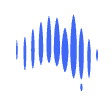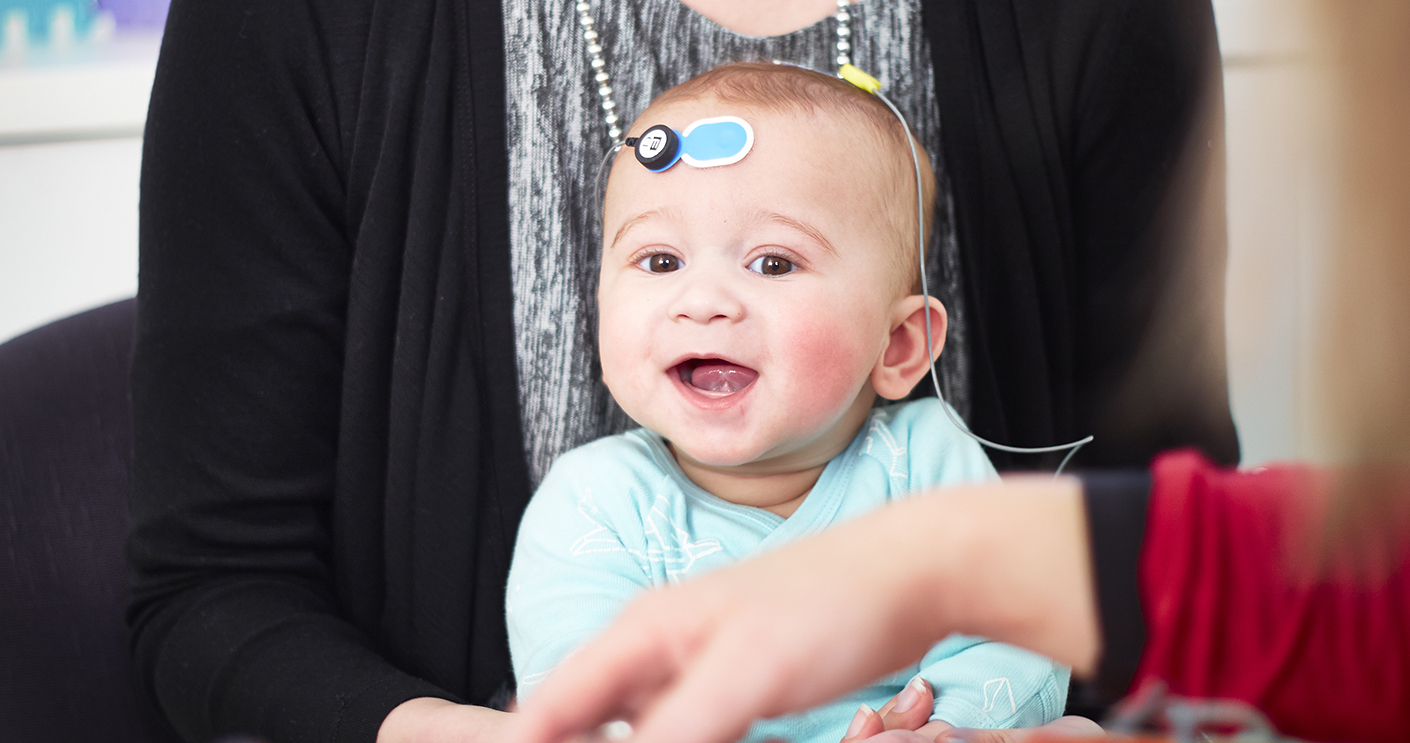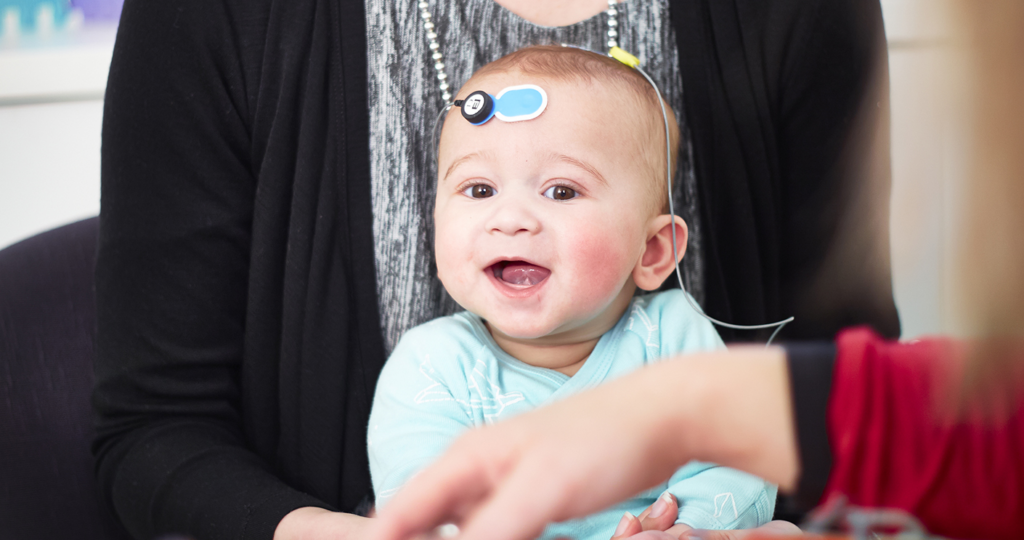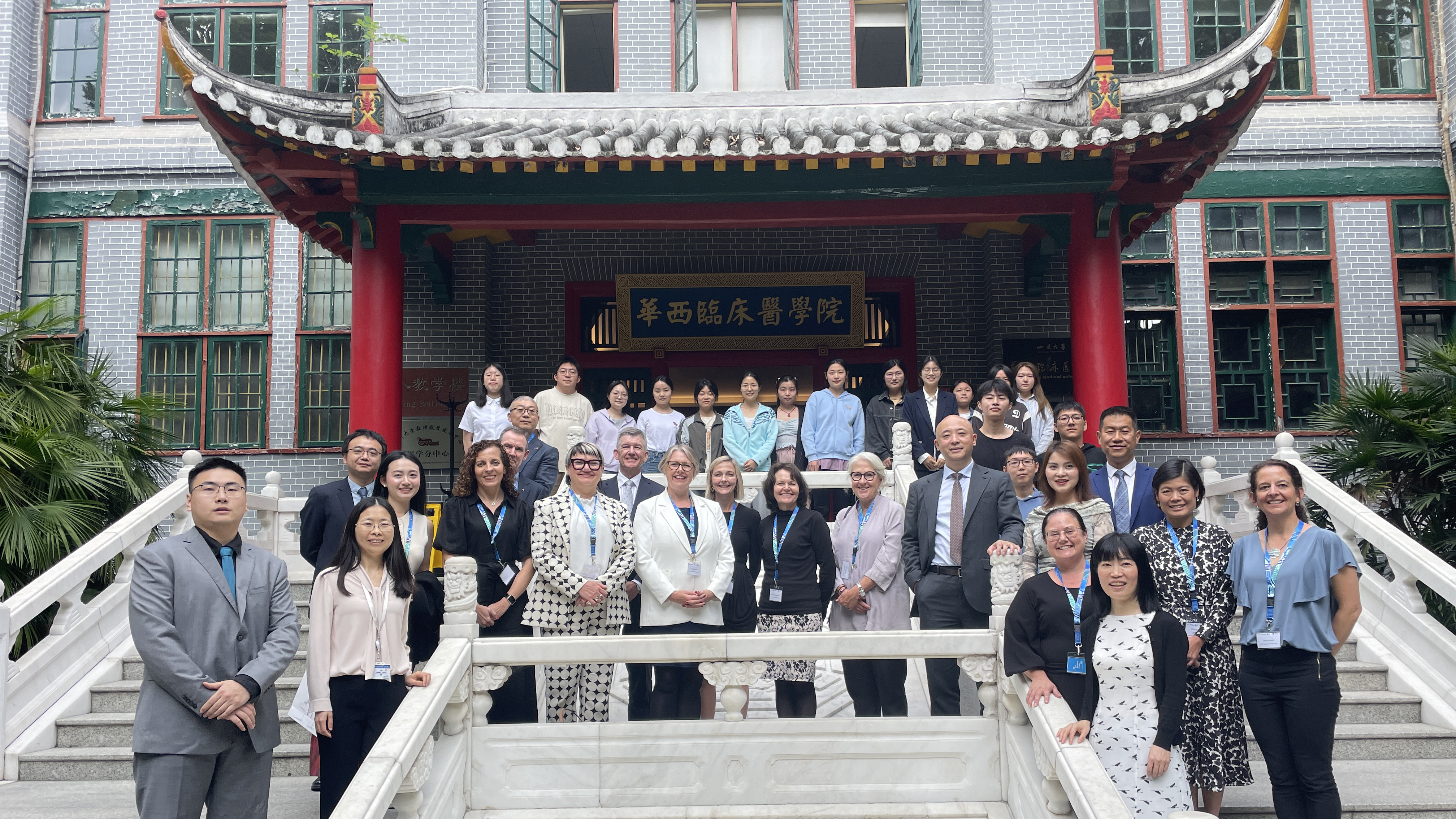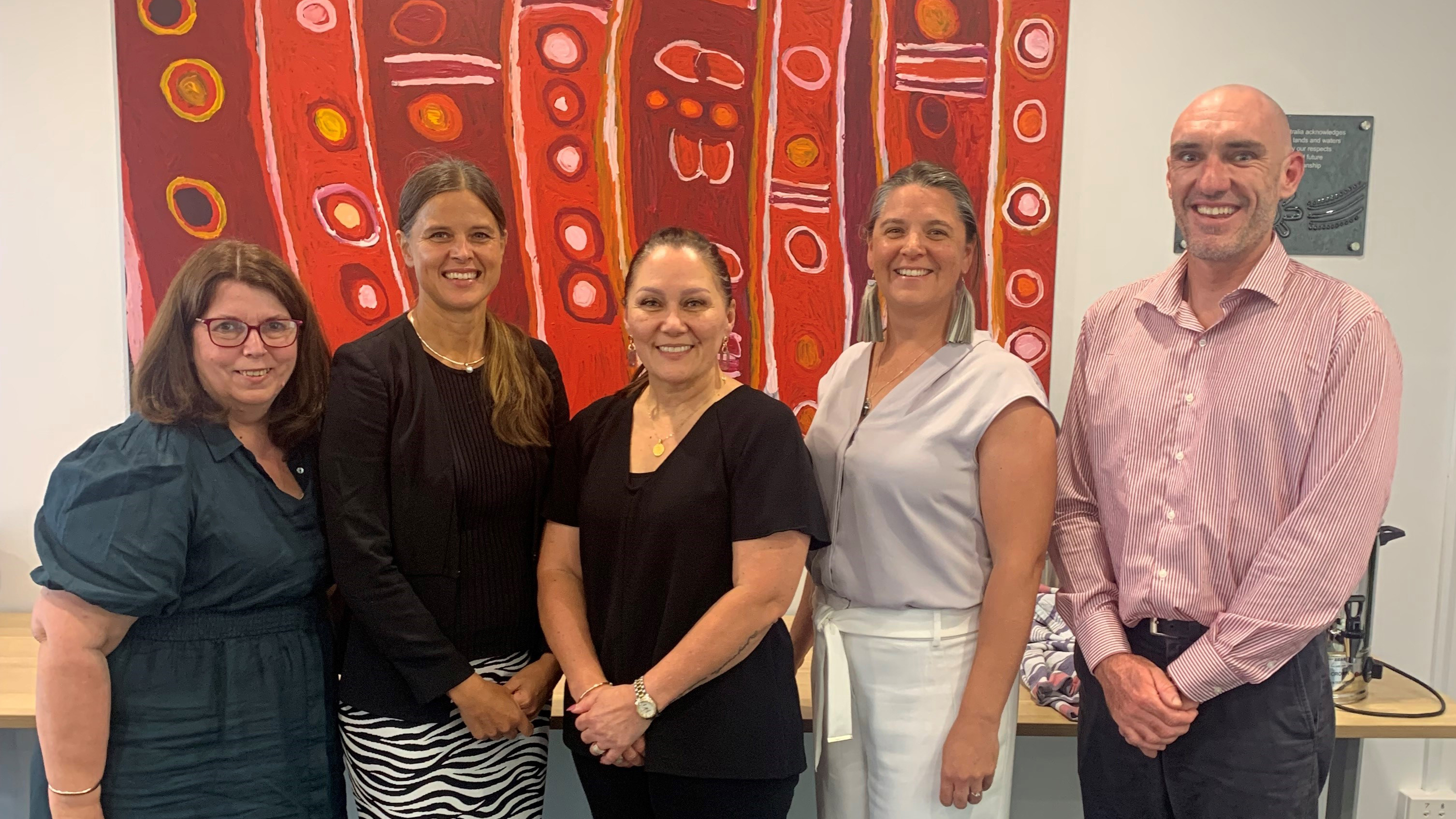HearWorks, the commercial arm of the HEARing Cooperative Research Centre (which Macquarie is a member of), recently received a $750,000 grant from the NSW Medical Devices Fund. The grant will enable a team based at the Australian Hearing Hub to develop a test – known as ACORD – to determine the best solution for infants with hearing loss.
Dr Teresa Ching from the Department of Linguistics and the National Acoustic Laboratories (NAL), tells us more.
Early fitting or cochlear implantation is key to spoken language development in infants with hearing loss. Whereas children with profound hearing loss undoubtedly benefit from cochlear implants and get them early, it is currently not possible to accurately predict whether individual children with lesser hearing loss using hearing aids may benefit more from cochlear implants until signs of language delay are observed around 1-2 years of age.
Using the HEARLab system, clinicians already measure brainwaves of infants in response to speech sounds to identify whether hearing aids fitted to them are effective in making speech sounds audible.
This new development will measure brainwaves to tell us if a three-month-old baby wearing hearing aids hears that ‘see’ is different from ‘Sue’, or that ‘Sue’ is different from ‘shoe’ or ‘zoo.’ The brain responses to sound changes will either confirm that hearing aids are the best option for the infant or indicate that the child may be better served by cochlear implants.
By assessing an infant’s early discrimination ability in this way, clinicians will be able to identify infants who need cochlear implants when they are only a few months old so that families can be provided with the information to guide their decision on the best strategy to maximise outcomes for their children.

